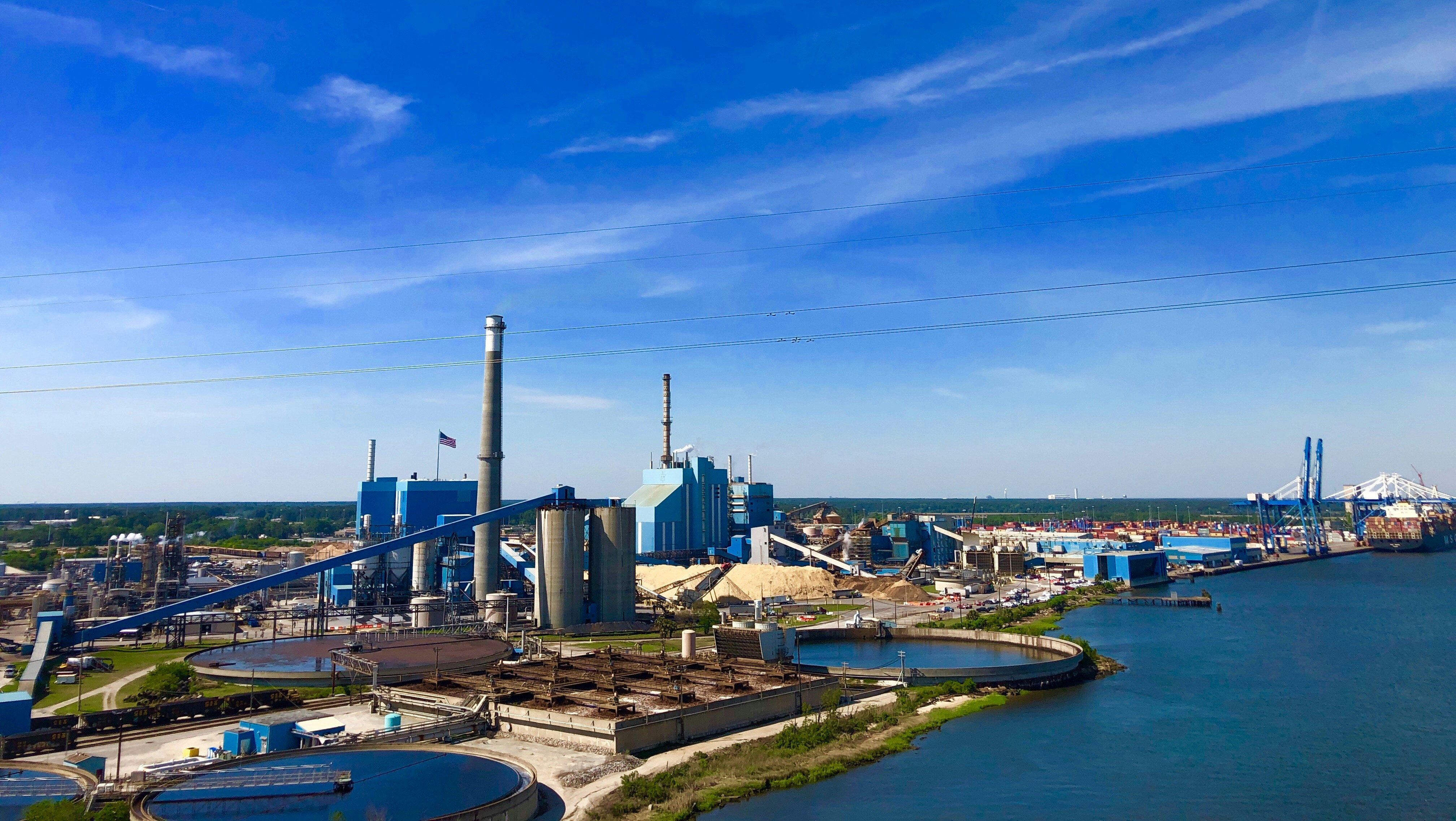Understanding Corporate Impact on Nature: Our Footprint Approach

For investors looking to integrate nature into decision-making, understanding how companies impact ecosystems is key. At NatureAlpha, we’ve developed a robust yet accessible way to quantify that impact for use in combination with other nature-related dimensions—what we call the Footprint.
This isn’t about carbon alone. Our Footprint metric captures a company’s broader pressure on biodiversity—from greenhouse gas emissions to water use and land conversion. It gives investors a clearer view of the ecological cost behind revenues, broken down by impact type, geography, and industry.
What the Score Tells You
At the core of our approach is a simple question: How much does a company’s activity contribute to biodiversity loss? We express this through a widely used metric in ecological science called the Potentially Disappeared Fraction of Species (PDF). This tells us, in a comparative way, how likely it is that species are negatively affected by environmental pressures tied to a company’s operations, or more specifically, the ‘probability that a species that is randomly chosen amongst all species present at a spot will locally disappear at this spot as a result of a human stressor’ (PRe, 2023). A PDF score of 1 means that all species are locally lost, and a score of 0 meaning that no species are lost under a given stressor.
An important point to note when considering PDF values is that PDF values are typically very small numbers, because biodiversity loss happens gradually and is spread across many species, places, and time.
This means that it is not the small magnitude of the score that matters, but rather how it compares to other activities or sectors. For example, if we take the company Adani Ports and SEZ Ltd has an absolute Footprint score of 1.72 x 10⁻5. This score means that for all of their activities across all revenue generated, there is a potential loss of 0.00172% of species in any given area.
When compared to JPMorgan and Chase’s absolute Footprint score of 6.36 x 10⁻5, we see that in this case, because JPMorgan and Chase generates more revenue, their footprint score is larger as there are more activities and areas for impact to be had.
So to summarise, even though Adani Ports has a higher relative impact per dollar, JPMorgan Chase has a larger overall absolute biodiversity footprint because it operates on a much larger financial and global scale.This means more money, more activities, and more areas affected — leading to a higher total potential for biodiversity loss.
Behind the Score: Where the Data Comes From
We base our calculations on EXIOBASE3, a global database that links industry sectors with emissions and resource use across 49 regions. We then map those impacts—like CO₂ emissions, nitrogen runoff, or water withdrawal—onto biodiversity outcomes using factors from LC-IMPACT, a life cycle assessment method developed by international researchers.
These conversions let us take something technical, like “tons of N₂O emitted,” and express it in terms of its real-world ecological effect; as a PDF score.
Regional and Industry-Specific
Not all impacts are equal. A tonne of emissions in one region may do more damage than the same tonne elsewhere. That’s why we factor in location and industry mix when assigning footprint scores. We look at:
- Where a company earns its revenue
- Where its physical assets are located
- What sectors it operates in
From there, we calculate a weighted score that reflects both financial and operational exposure to nature-related risk.
Aggregation: From Activity to Total Impact
To estimate the total biodiversity footprint of a company, we apply an aggregation model that combines regional and sectoral footprint data using both revenue and asset location.
The formula works like this:
Footprint per $m revenue = Σ (Revenue Share × Regional Sector Footprint)
For companies operating across multiple regions and sectors, this ensures their final score reflects both geographic spread and business model.
Example:
Imagine a company that earns 50% of its revenue from Apparel and 50% from Brewing, operating equally in the UK and Brazil. Its footprint would be:
- (0.25 × Apparel footprint in Brazil)
- (0.25 × Apparel footprint in UK)
- (0.25 × Brewing footprint in Brazil)
- (0.25 × Brewing footprint in UK)
If the company generates $45 million in revenue, that weighted footprint gets scaled up accordingly. The result is a realistic, location-adjusted biodiversity impact estimate.
What’s Covered?
We break down scores into six major impact categories:
- Climate change (CO₂, CH₄, N₂O)
- Acidification (NOx, SOx, ammonia)
- Eutrophication (excess nutrients harming aquatic life)
- Land use (deforestation, agriculture, infrastructure)
- Water use (agriculture, industry, energy)
Each impact category consists of a number of stressors that result in the overall impact, we also provide scores at this stressor level, so clients can go beyond the headline impact number and see what’s really driving risk.
Mean Species Abundance (MSA)
MSA is another leading ecological indicator that provides a complementary view of biodiversity impact. While PDF reflects the likelihood of local species disappearance due to environmental pressures, MSA focuses on the average abundance of species in an impacted area compared to their abundance in undisturbed ecosystems. An MSA value of 100% represents a pristine environment, while lower values signal declining ecological integrity. By including MSA, it's possible to capture the potential for species loss, and how much ecosystems have already been degraded. A dual-metric approach allows investors to see both the risk of biodiversity loss and the current state of nature in areas where companies operate—delivering a fuller picture of ecological pressure and resilience.
Why It Matters
Most nature-related metrics focus on risk or dependency. The footprint is different: it measures actual ecological pressure, the real-world impact a company’s activities have on biodiversity through emissions, land use, and water consumption.
Because it’s rooted in physical data and adjusted for geography and industry, NatureAlpha's footprint offers a clear, science-based view of a company’s contribution to biodiversity loss. It goes beyond scenario modeling to provide a baseline of ecological accountability which is essential for investors seeking to align with planetary boundaries.
.png)










.jpg)
.jpg)